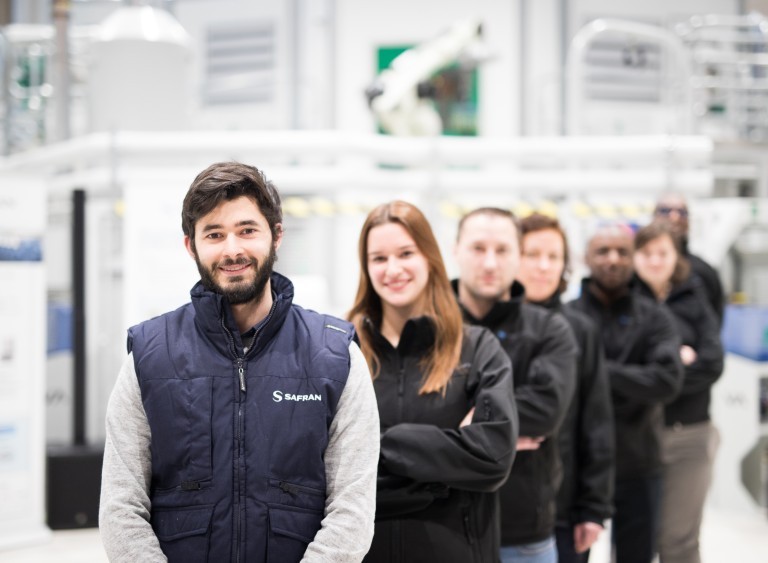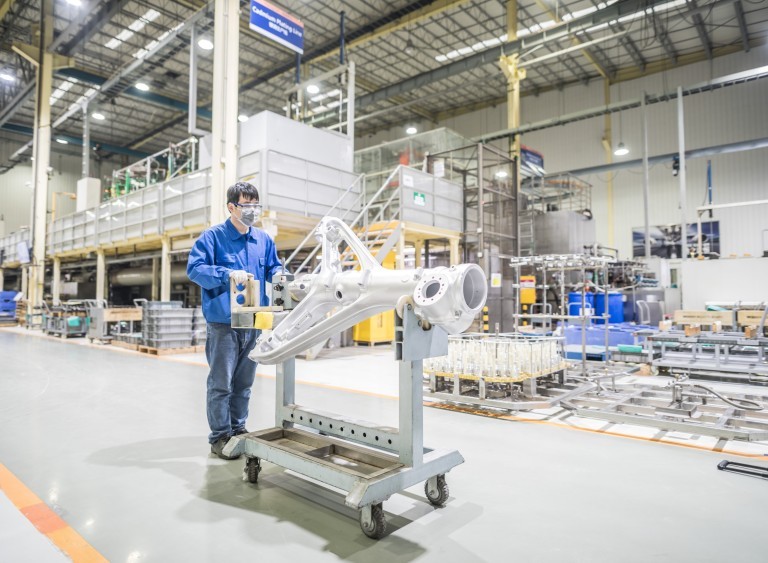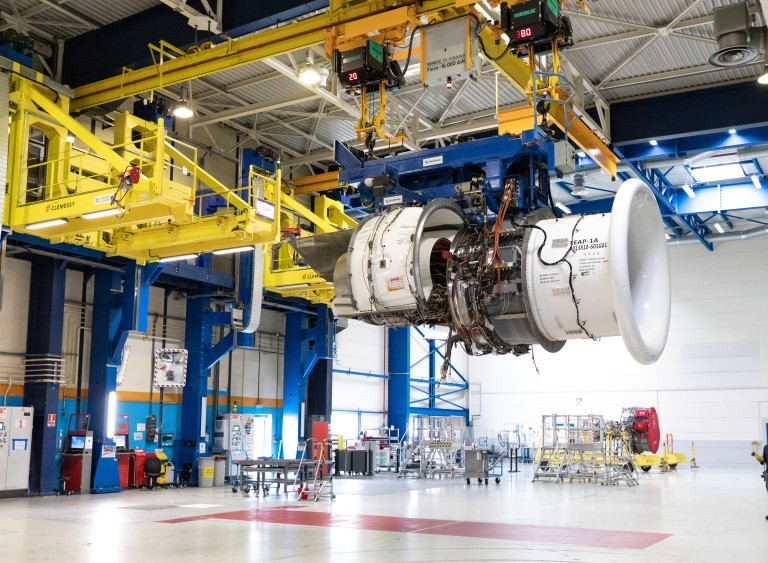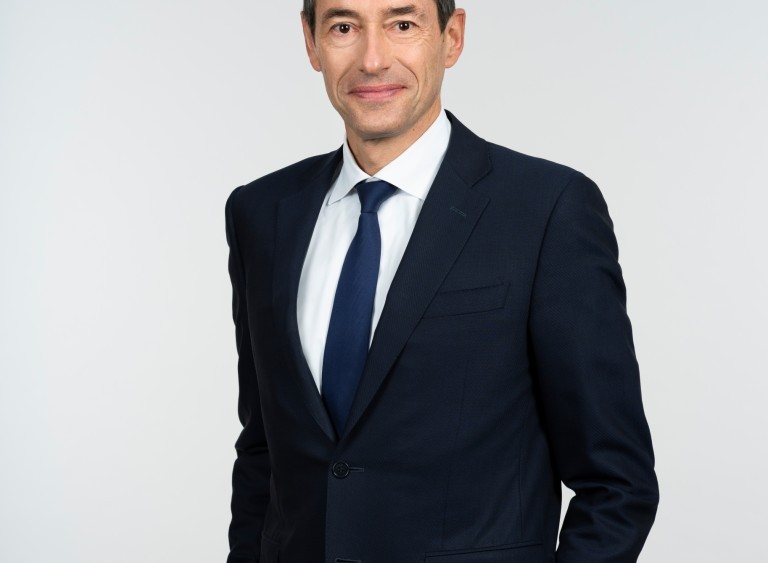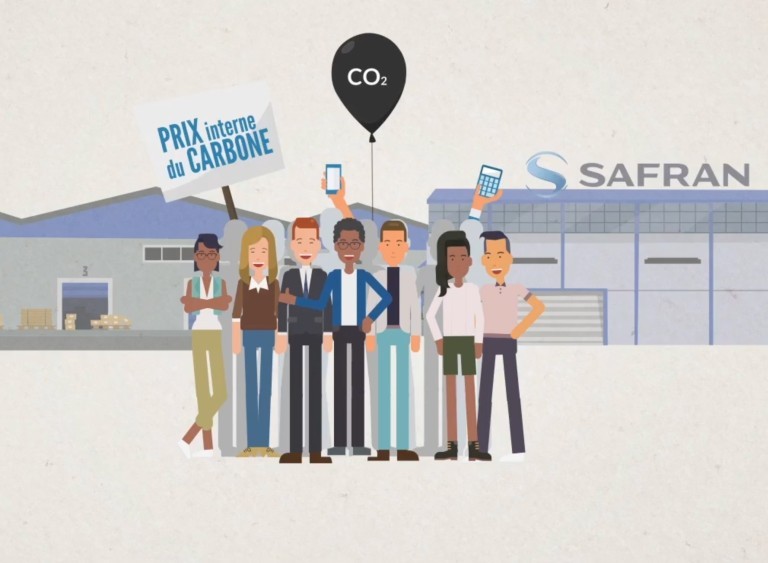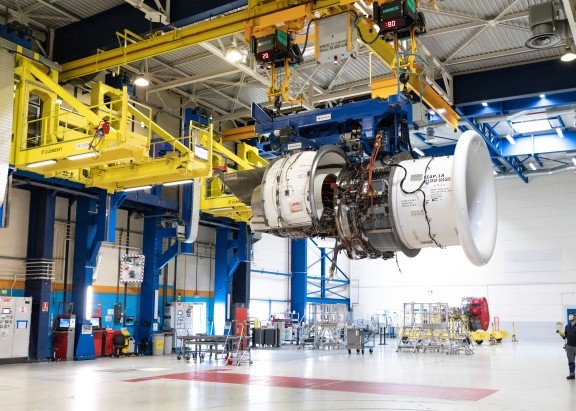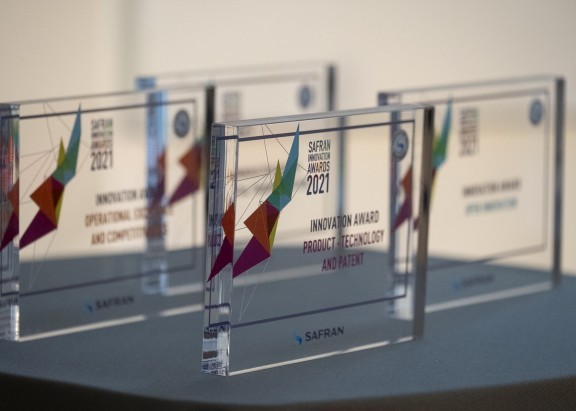
INSIDE THE SAFRAN ADDITIVE MANUFACTURING CAMPUS
The Safran Additive Manufacturing Campus, near Bordeaux, consolidates the research, development, prototyping and production of 3D-printed parts at a single site. It gives Safran all the resources needed, both human (experts, designers and production staff, grouped for rapid upskilling) and industrial (state-of-the-art machines) to accelerate its capabilities in additive manufacturing.
- Connection
- Interview
- Perspective
- At a glance
ur teams here are tasked with basic and applied research (into powders, metallurgy, inspection methods, numerical simulation and much more), as well as helping Group companies design and test the increasing number of complex 3D-printed parts to make sure they offer reliability on a par with conventional components. Set to be inaugurated very shortly, this eco-designed facility spans some 12,500 square meters (135,000 sq ft) and will eventually have 200 staff members. Furthermore, all energy needs will be met by electricity or heat recovery. Sit back and enjoy our photo report.
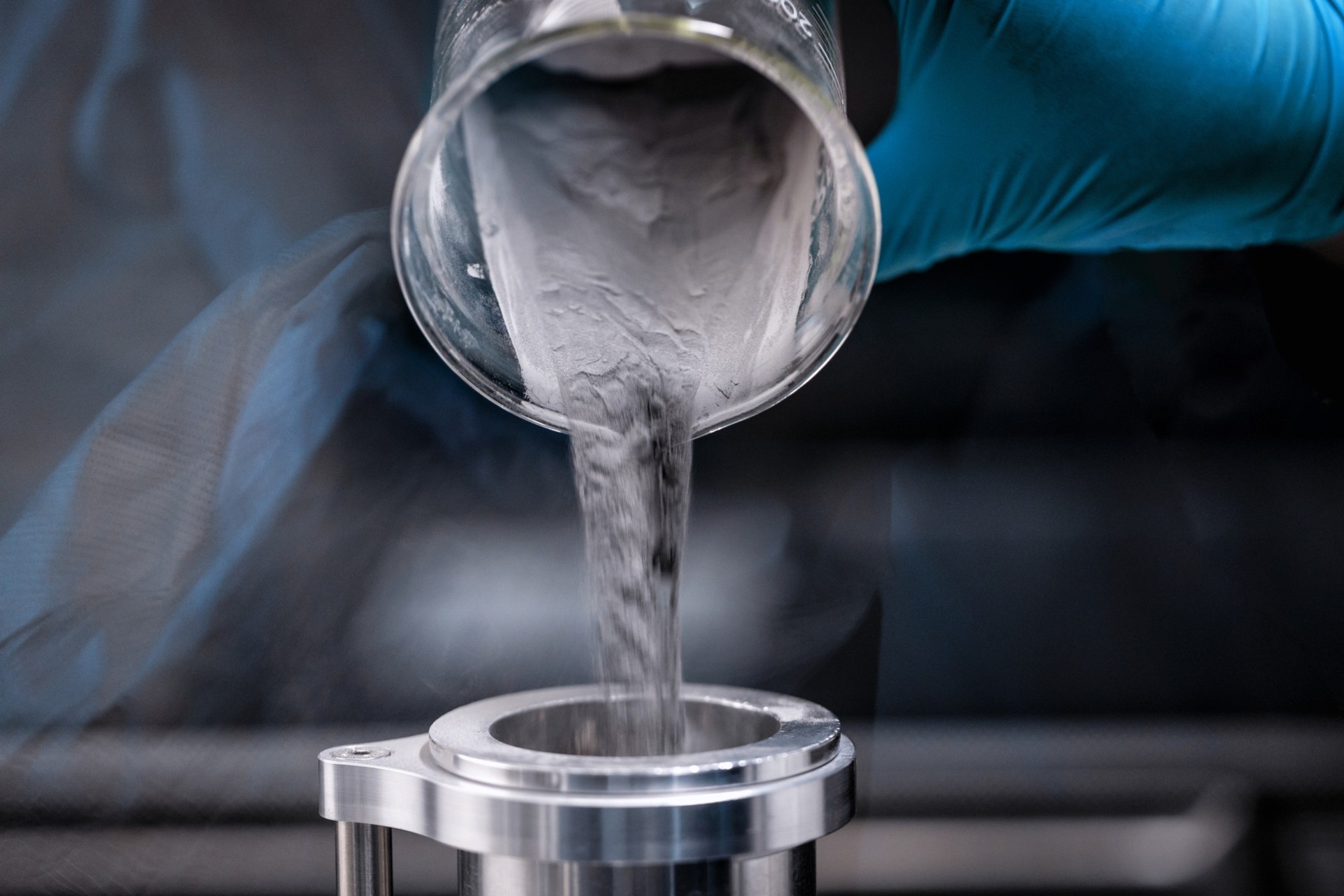
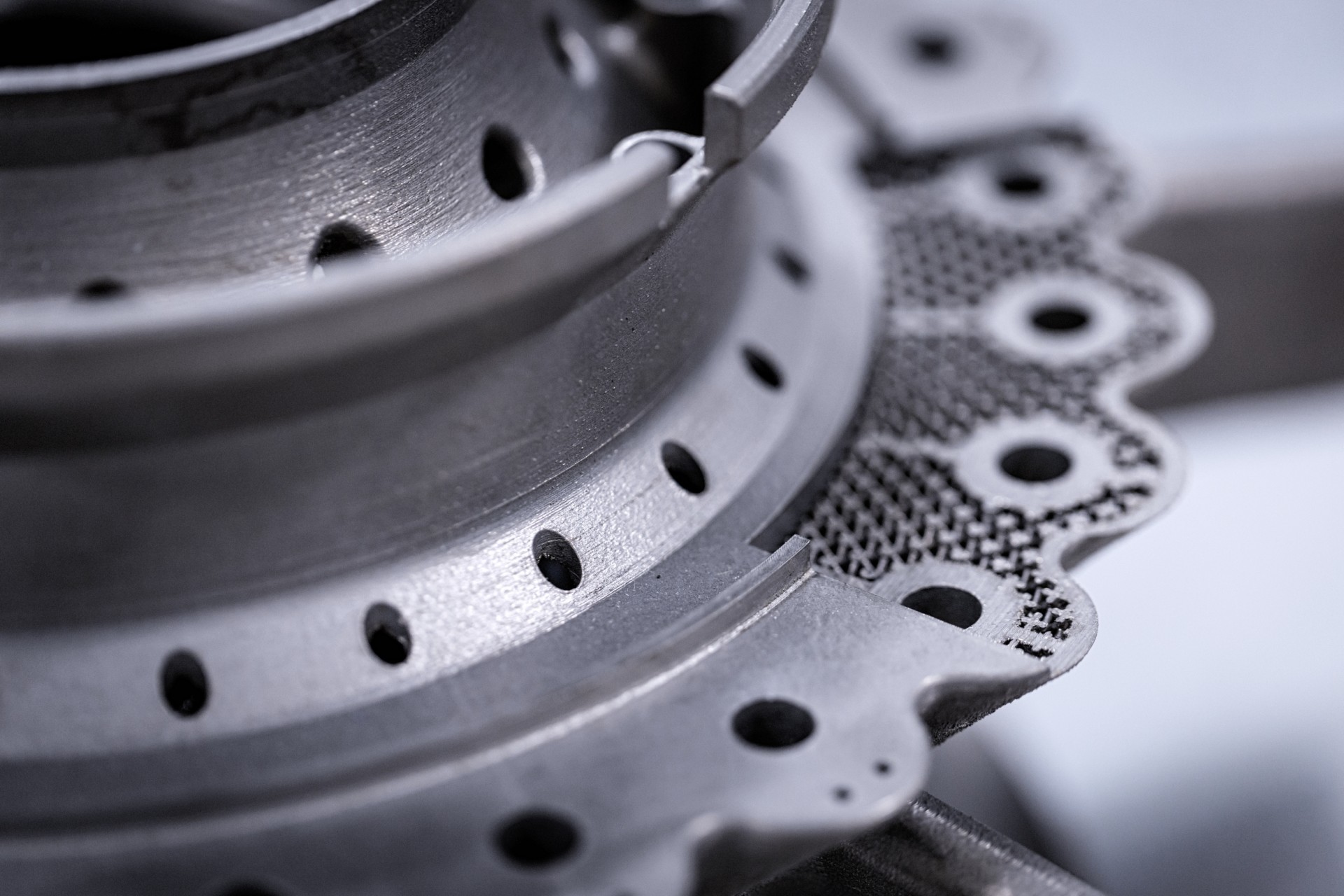
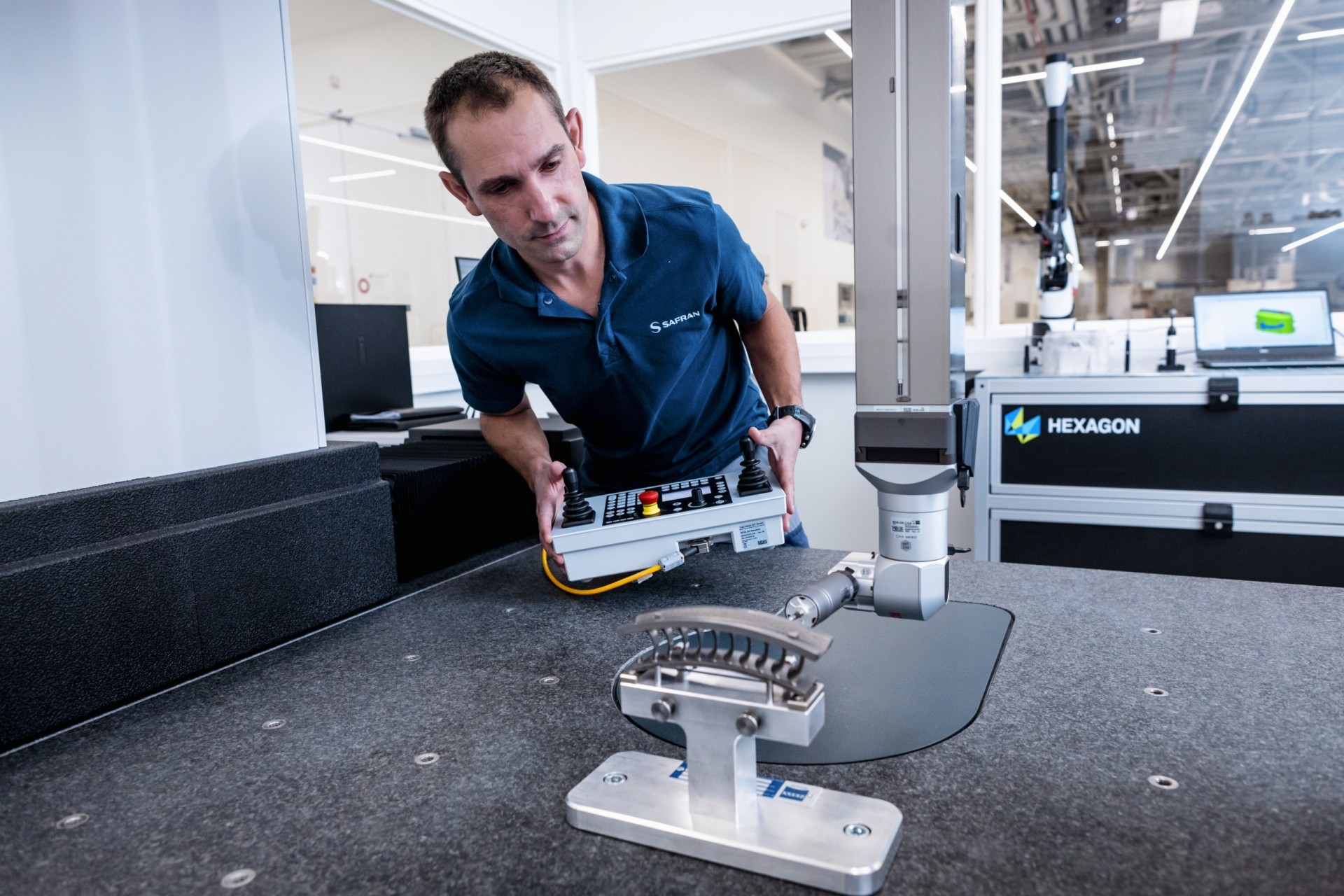
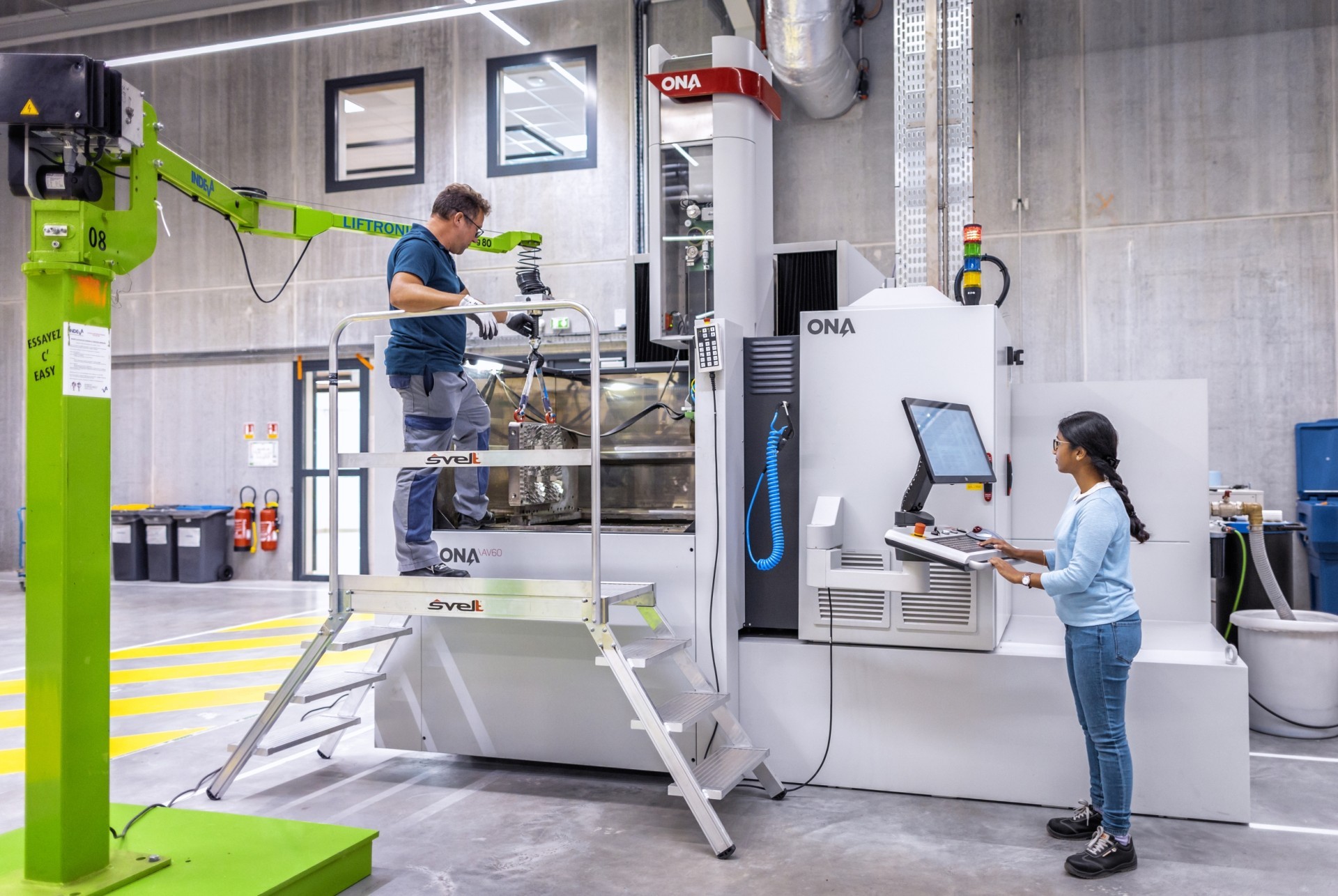
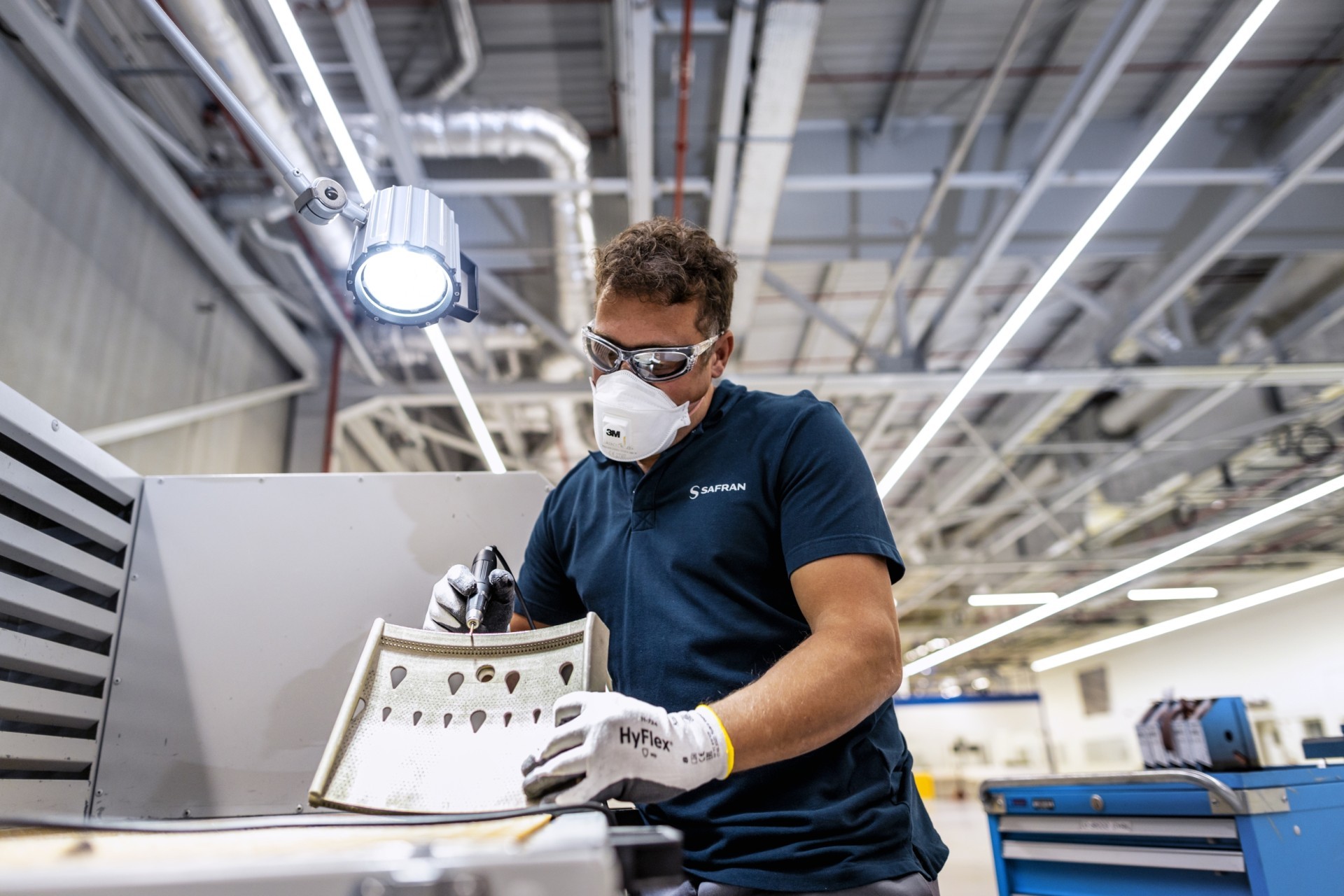
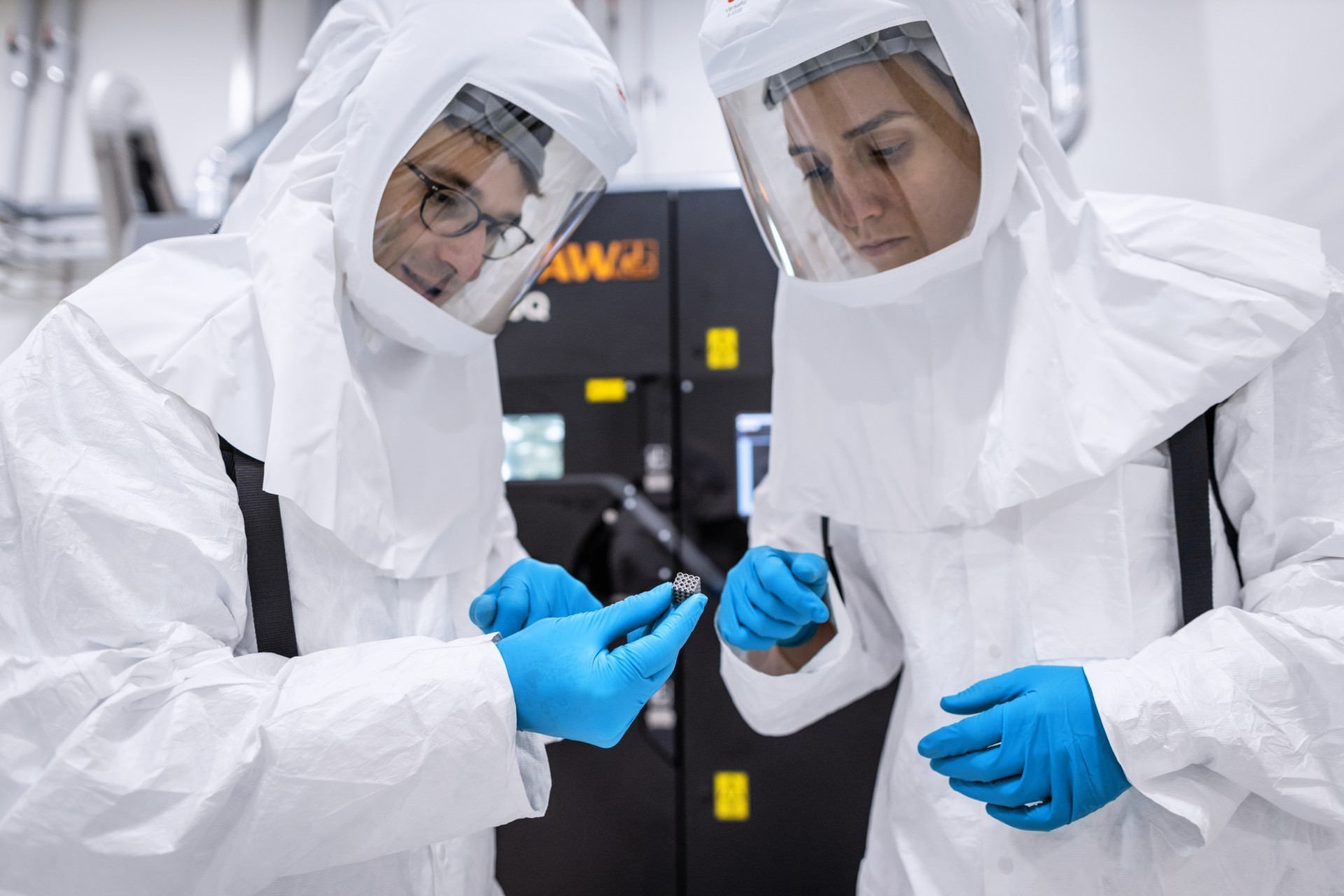
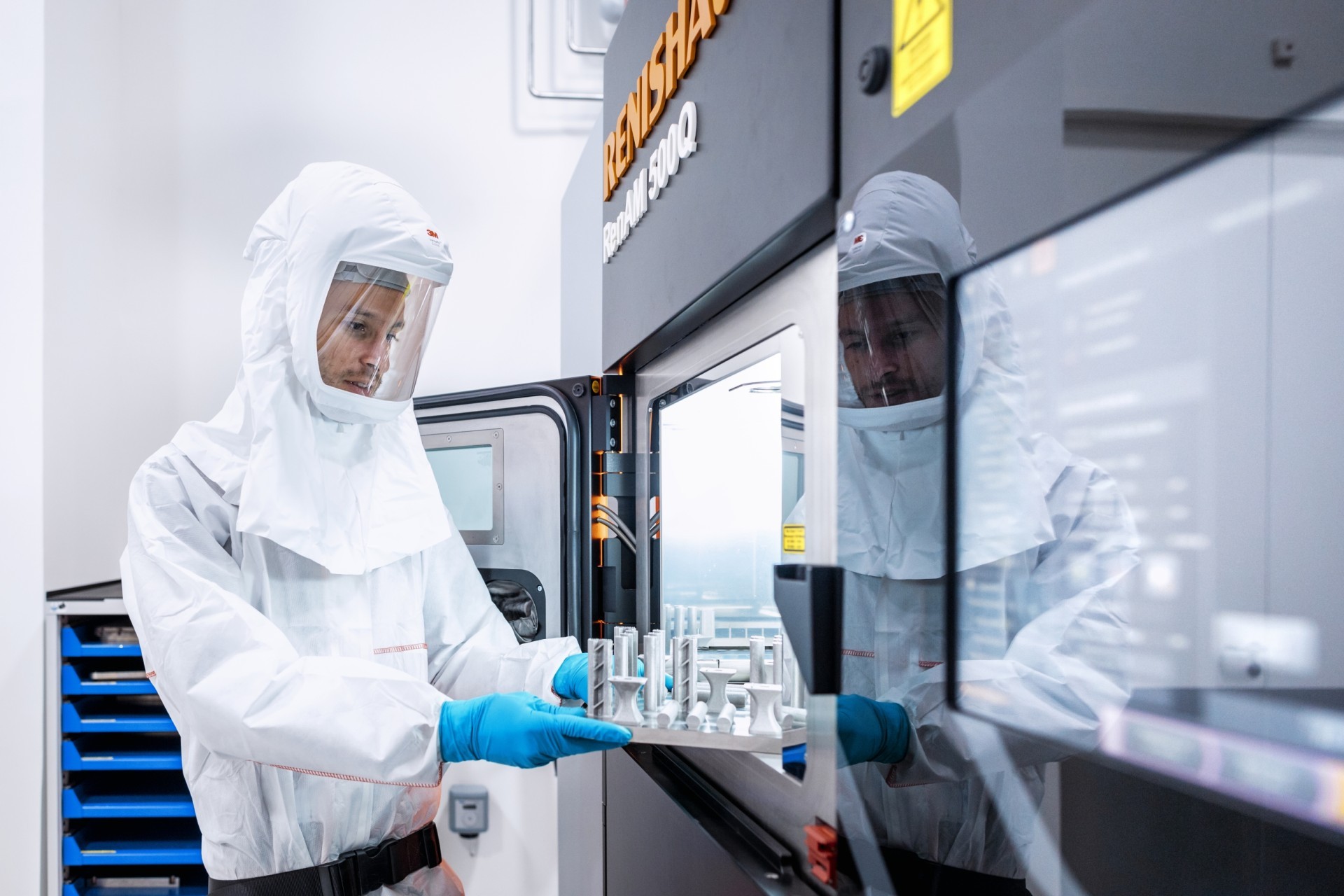
Significant environmental advantages
Additive manufacturing provides intrinsic environmental advantages, since it only uses the exact amount of raw materials needed. In turn, this means that manufacturers reduce their inventories and energy consumption. It also allows faster production, while reducing the weight of certain parts: by 25% for engine parts, and over 50% for hydraulic parts.
What exactly is additive manufacturing?
Unlike traditional production processes, in which matter is removed to make components, additive manufacturing – familiarly known as 3D printing – builds up a part in successive layers, based on a digital model. The raw material (generally a metallic, ceramic or polymer powder) is deposed on a work surface in layers 20 to 100 microns* thick, fused by a laser or electron beam. It’s a fast and flexible process, especially for turning out original or spare parts on demand. It also makes it possible to produce complex shaped parts in a single piece, or to make assemblies that would be impossible using conventional machining, which subtracts material from a blank.
Discover the winner of the 3D challenge
Read more


